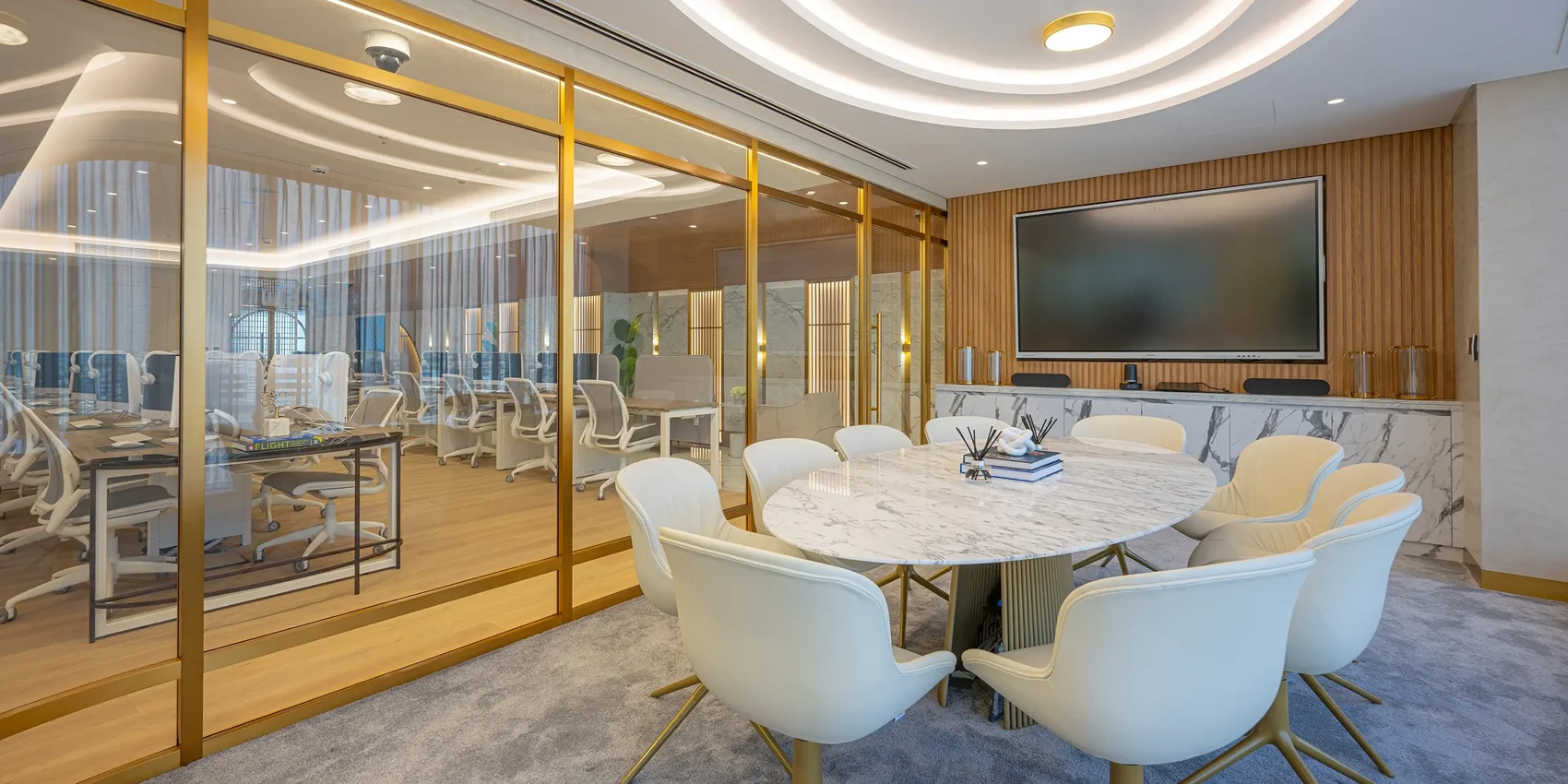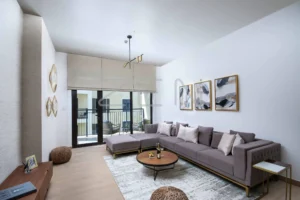
Picking a commercial office fit out means making a series of practical choices. From layout to lighting, every element has an impact on how the space looks and works. A simple and functional approach often delivers the most lasting results. With the right steps, it’s easier to find the best commercial office fit out ideas.
Think about the daily use of the space
Start by looking at how the office is used during a typical day. Open areas may work well for teams that move around often, while quiet rooms might suit those who spend most of their time on focused tasks. Look at the current set-up and note what works and what doesn’t.
Check for flexibility in design
Offices change with time, so it makes sense to allow room for those changes. Choose layouts and furniture that can shift or grow with the business. Movable partitions or modular desks can be useful for companies that expect changes in team size or structure.
Consider comfort and safety
Simple additions like proper chairs, correct desk heights, and good lighting can make a big difference. Look at things such as air circulation and natural light as well. These details affect how people feel and work throughout the day.
Match the style to the company’s work
Choose finishes and materials that reflect what the business does. A legal firm might choose a more traditional look, while a design agency may go for a brighter, open style. Keep things consistent throughout the space for a tidy and balanced result.
Use professional support wisely
It’s helpful to work with designers or contractors who are familiar with commercial projects. They can suggest practical layouts and select materials that last. Ask to see past projects and check reviews before making a decision.
Stick to a clear budget
Set a realistic limit before starting the fit out. This avoids delays and unwanted surprises. It also helps when comparing quotes from suppliers or builders. Ensure the plan covers materials, labour, and any furniture or equipment.
Keep disruption to a minimum
Choose a time that causes the least disruption to everyday work. If possible, fit out in phases or during quiet periods. Communicate with staff about the timing so they are prepared and stay informed.

